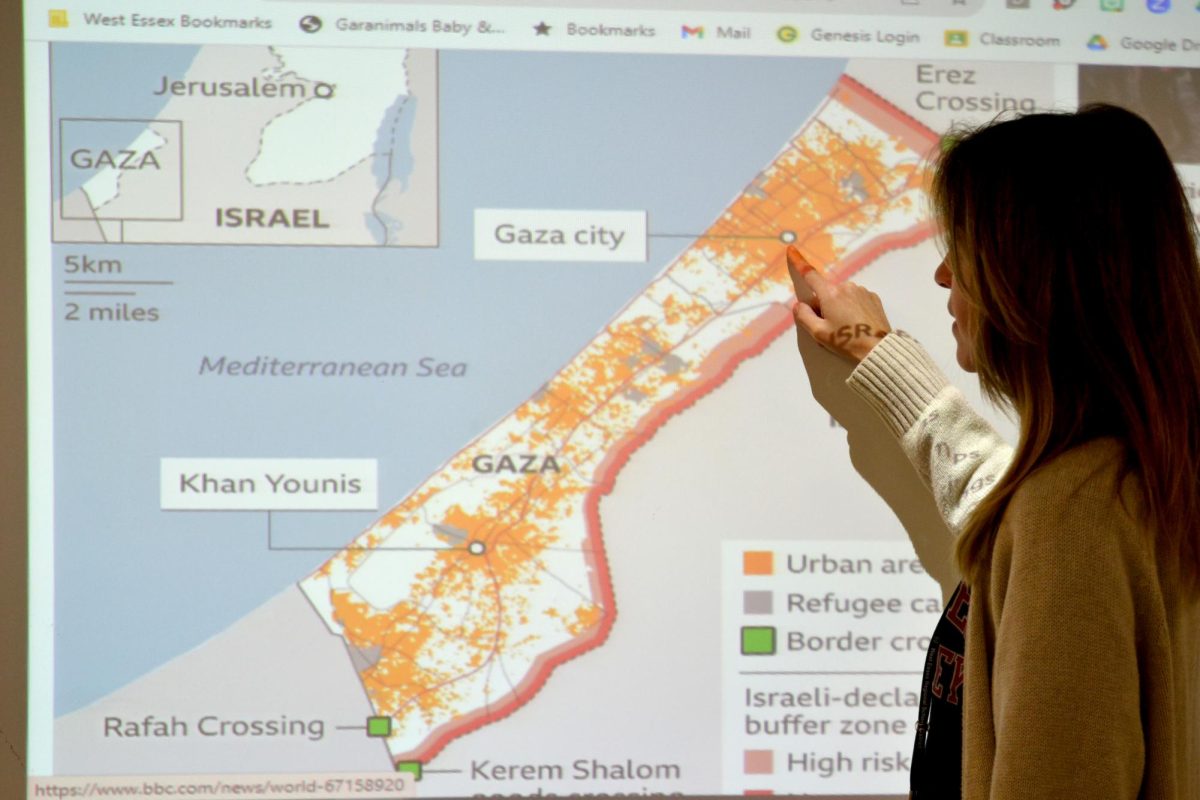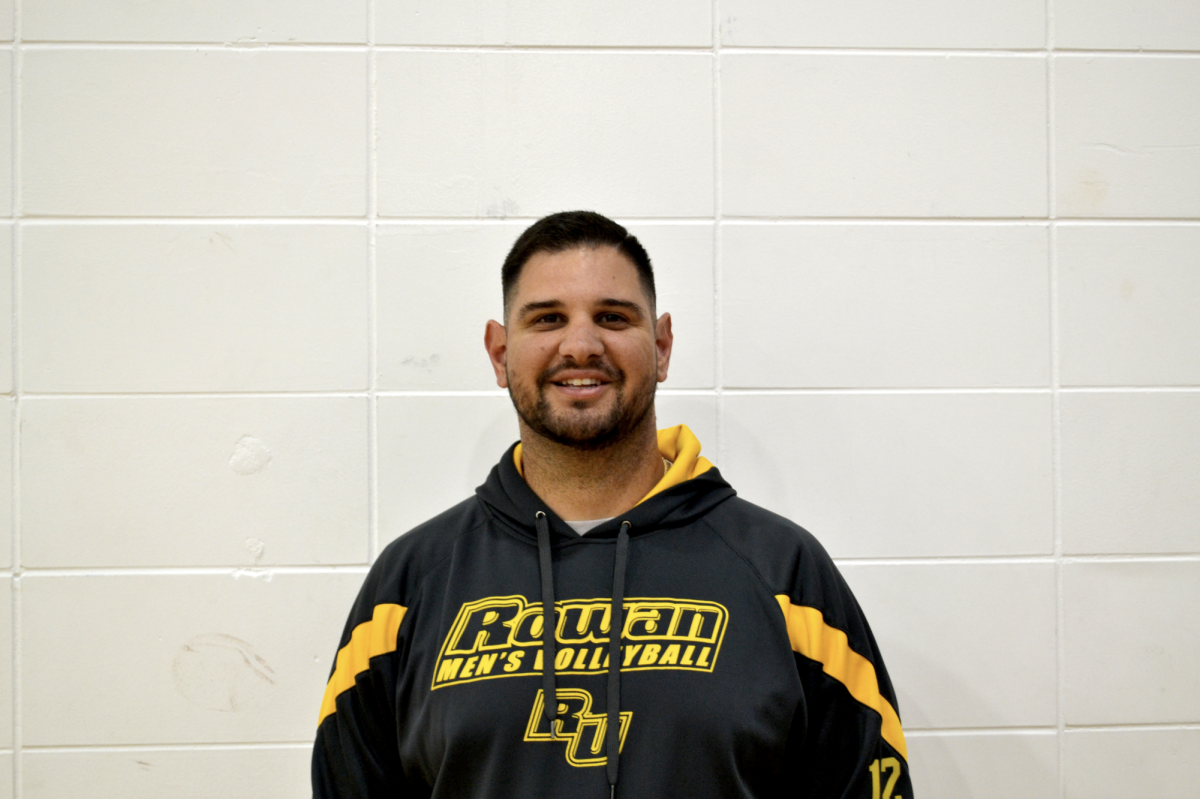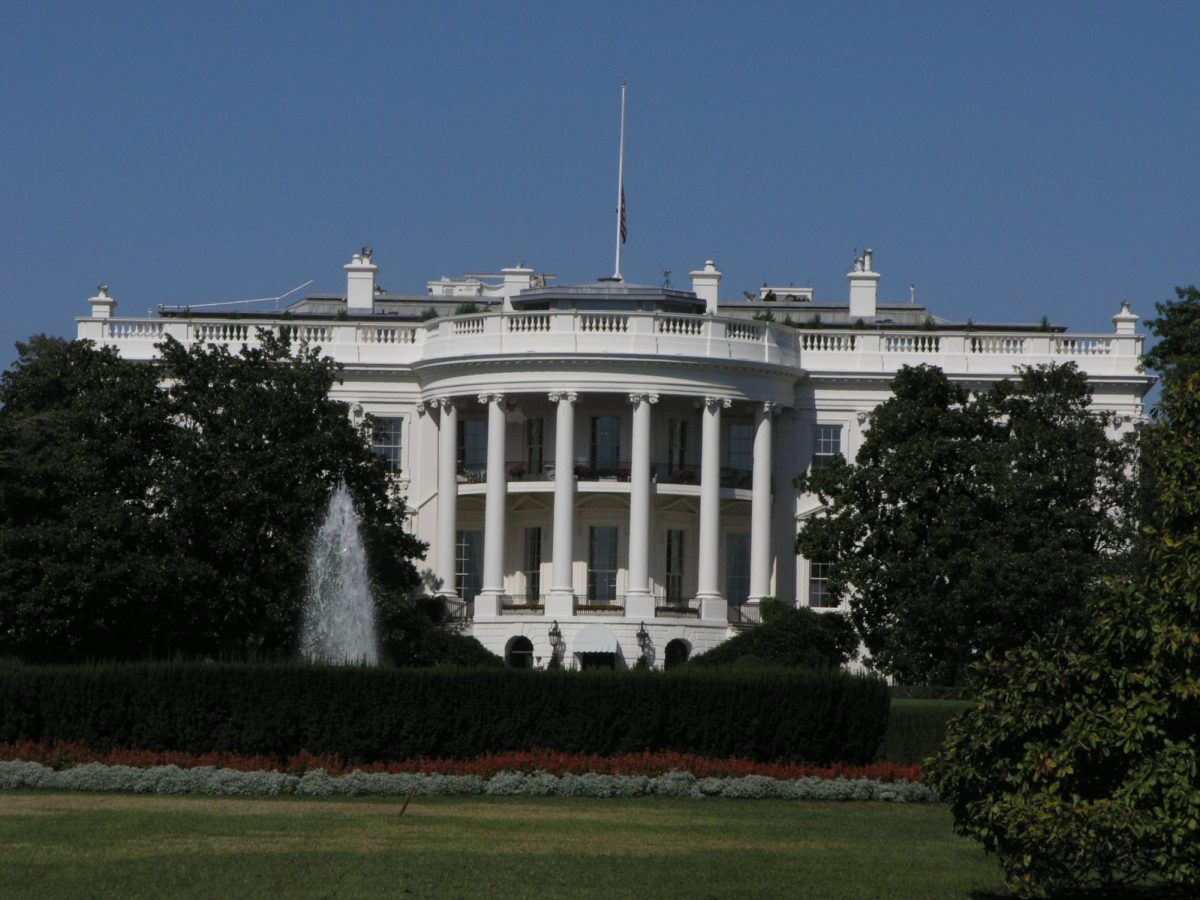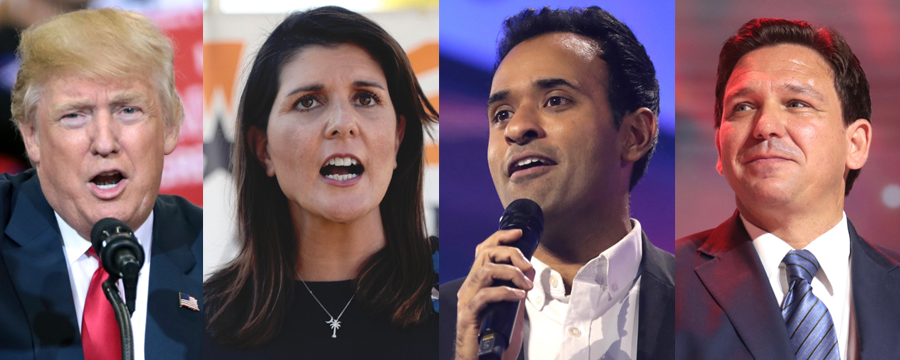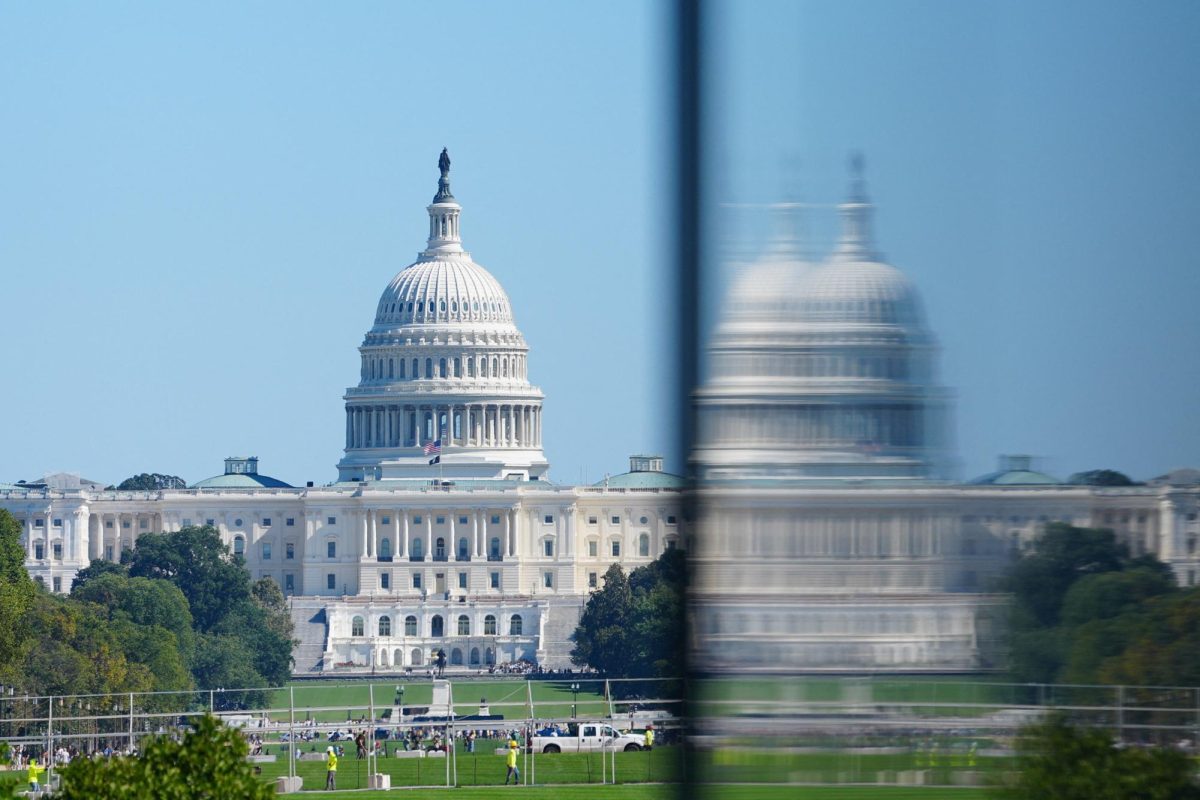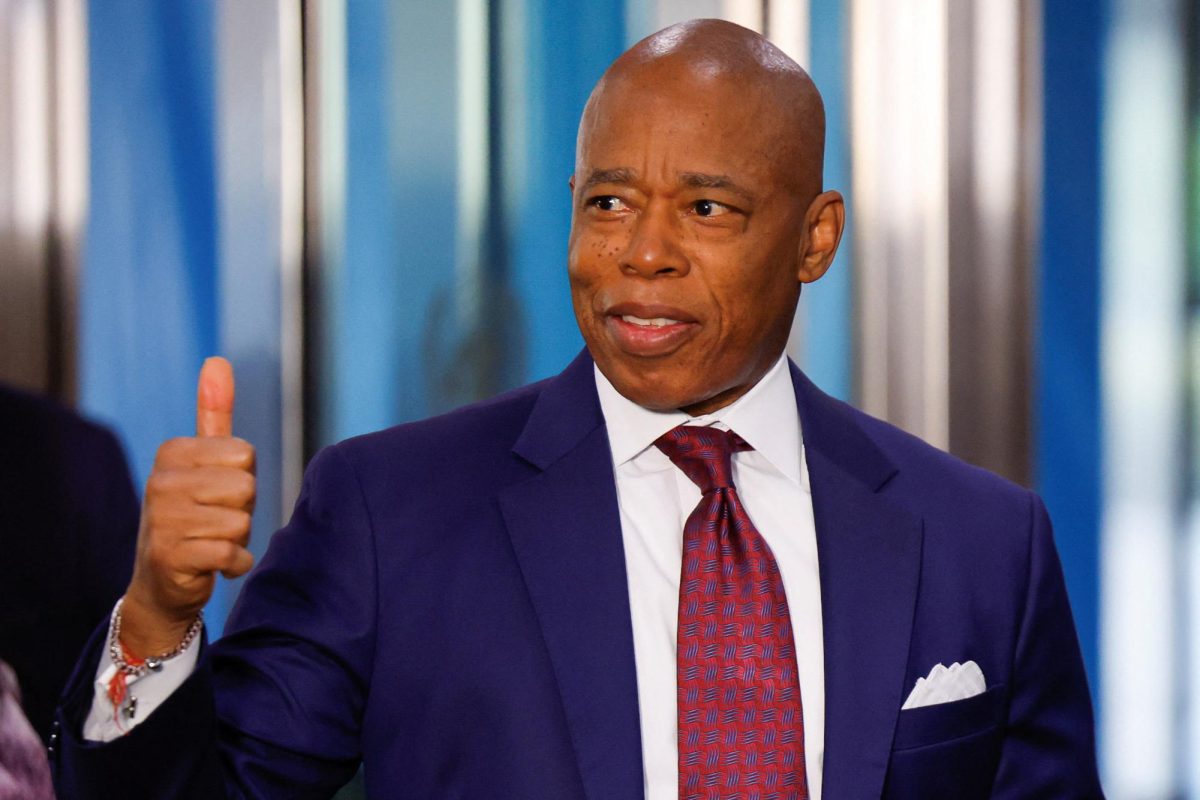On Oct. 7, the Palestinian extremist group Hamas, designated as a terrorist organization by the United States, breached Israeli defense systems and led a fatal attack on its citizens. Israel has since locked down the Gaza border and barraged it with airstrikes and bombings. This is part of the ongoing geopolitical conflict between Israel and Palestine, and its rippling effects have been felt throughout the world.
Amidst this chaos, there has been much confusion and concern. Many students look to their teachers for a sense of clarity and understanding. According to Social Studies supervisor Laura Drago, the Israeli-Palestinian dispute is incorporated in the mandated curriculum in seventh grade history as well as ninth grade world history. For other classes, history teachers are encouraged to bring up current events as they arise, Drago said.
Many teachers have chosen not to bring up the latest uptick in violence in class, but those who did said it was important to them that their students were informed.
World history teacher Abigail Martin has made sure to discuss the unraveling event in her classes. The world history classes, which are required to go over the five major world religions, already discuss the history of Jerusalem and the disputed territory. She has been able to tie these developments within the “Holy Land’’ to the curriculum being learned.
Remaining conscious of the evolving story within the Middle East and the misinformation that has been circulating, Martin ensures that her students are learning information from accurate sources.
“It’s really important that you find valid and balanced sources,” she said. “When we worked on this, we looked at a variety of different balanced sources.”
While conducting in-class discussions, she said she emphasizes the importance of allowing students to form their own opinions, free from any implicit bias.
“We talk a lot about perspective,” Martin said. “From the Palestinians’ point of view, they feel that they were an established territory under the Ottoman Empire, yet have historically failed to be recognized, whereas from the Israeli point of view … they returned to their homeland, which has been established as a country. It’s important to consider all perspectives, which helps us to critically think, which is what history is.”
Analyzing the full context of the war and the perspectives of both sides exposes students to the complexities of the war and the humanitarian losses that can result from it, she said.
World history teacher Jason Freda is also incorporating the events in the Middle East into the classroom. In addition to providing factual information about the region to his students, he addresses the complicated aspects of the war.
“Israel has some political divisions regarding conservatives and liberals, and that adds to some of the complexity to the issue,” Freda said. “I would also highlight that the targeting of civilians in any conflict is illegal and should never be done.”
Freda also acknowledges that he does not have an answer to the conflict. Instead, he said, he aims to provide his students with perspective.
“In the end, I want my students to try to get a sense of what the people living in both Israel and Gaza are going through,” he said.
Outside of the world history curriculum, AP Government and Politics teacher Beth Vaknin, has brought up the topic in her classroom, and continues discussion based off of student engagement.
Vaknin emphasized the importance of observing the conflict from its many different facets and points of view.
“My husband is actually Israeli.” she said. “So we have a lot of family in Israel, and he served in the Israeli military. [I’m] really trying to be objective.”
In all history classes, teachers and administrators said, there is an emphasis on perspective, mindful sourcing of information and being informed on current events, whether around the world or within the United States, so that students can form their own opinions.
“We do that in the Social Studies department,” Drago said. “We really provide students not just with information, but point of view.”
